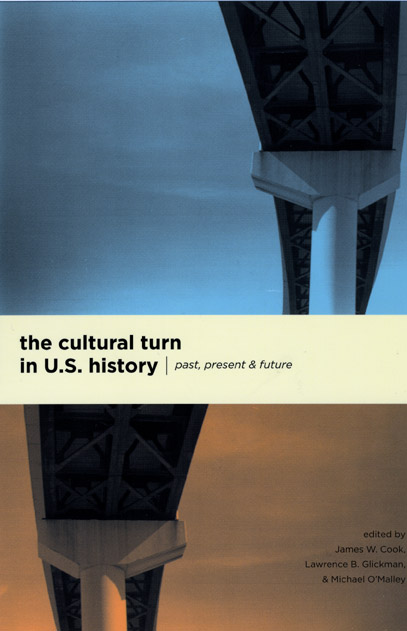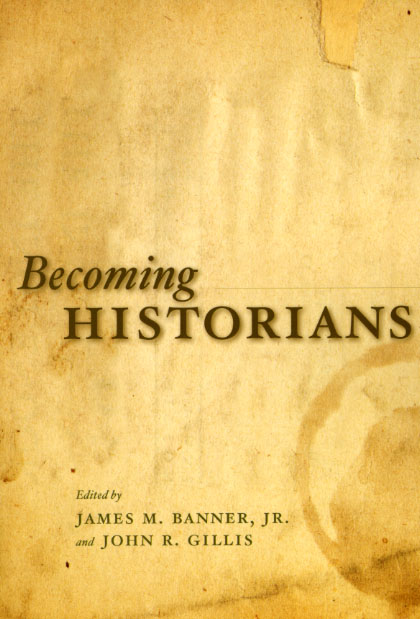Changing history

Considering the future of the history profession, an article in yesterday’s New York Times notes that, to some, “there is no doubt that the days when diplomatic history dominated the profession are gone. — The shift in focus began in the late 1960s and early ’70s, when a generation of academics began looking into the roles of people generally missing from history books — women, minorities, immigrants, workers. Social and cultural history, often referred to as bottom-up history, offered fresh subjects.”
A definitive account of this dominant trend in U.S. historical writing, The Cultural Turn in U.S. History showcases its freshest and most revealing examples, covering topics that range from nineteenth-century anxieties about greenback dollars to confidence games in 1920s Harlem, from Shirley Temple’s career to the story of a Chicano community in San Diego that created a public park under a local freeway.
As Anthony Grafton observed when the NYT interviewed him for the story,
traditional fields aren’t disappearing, they are shifting focus. Military history, for example, has switched from battlefield strategy to subjects like “the way soldiers thought about what they were fighting for,” he said.
The Cultural Turn in U.S. History at once explains the origins and harnesses the vitality of such approaches, offering a glimpse of the profession’s shape in years to come.

Offering a more personal take on the evolution of the discipline, Becoming Historians collects the memoirs of eleven influential historians who came of age just before the upheavals of the 1960s and ’70s and helped to transform how history is studied. The self-inventions they chronicle led, in many cases, to the invention of such fields as women’s and gender history, social history, and public history, clearing paths in the academy and making the study of the past more capacious and broadly relevant.
As New Books in History editor Marshall Poe said in the introduction to his interview with the book’s editors, “academic history ain’t what it used to be. If you want to know how and why, read this book.”